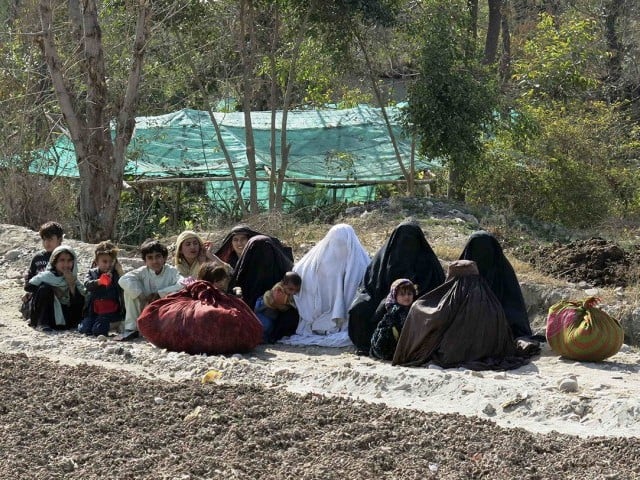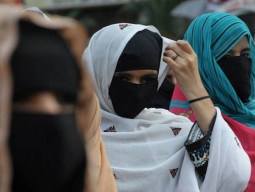
A cursory glance at stale statistics from 1998 shows 100 females for every 108 males in Fata. However, a FATA Secretariat official explains this in words that read like a guilty pleasure. “Census reporting in Fata is likely to have been distorted by problems in gathering data as tribal customs forbid the disclosure of information about women to outsiders.”
Gender disparity: Panel to devise women empowerment policy

One wonders as to what these tribal customs are exactly. They keep making rounds in official documents and maintain the stereotypical image of a patriarchal society. We see there’s hardly a state narrative that speaks of women in that particular area; most of the work on women in Fata takes place in highly decorated seminars and workshops that are held in the capital city or, if someone really cares, in Peshawar.
Statistics about Fata and their reliability can never be bought hook, line and sinker. However, there is much to doubt. Even if that is set aside, the government’s admissions do not make a happy reading either.
There are marked gender differences in the literacy rate: the literacy rate for males in Fata is 49.7% compared to 12.7% for females. However, the male literacy rate is still lower than the national average, which is 70%, 72% in K-P, 71% in Punjab, 67% in Sindh and 59% in Balochistan.
The gap between female literacy rate in Fata and other parts of Pakistan is even greater. Female literacy rates in Fata, FRs and agencies are 12.7%, 15.5% and 12.2% respectively. This is compared to 47% in Pakistan, 36% in K-P, 52% in Punjab, 43% in Sindh and 25% in Balochistan. And these are only the few of the known statistics collected from a handful of houses located in areas not under conflict currently.
Much has been written about the state of affairs. Everything from the pre-colonial era, the Raj itself, the Frontier Crimes Regulation (FCR) to the current security situation has been blamed for the lack of gender parity in Fata. However, what remains at the heart of the problem is a simple question: for how long will this status-quo continue?
In a recent discussion about Fata—which lasted hours—people from all walks of life, particularly stakeholders from Fata, discussed the issues encountered in the region. However, the only time women were mentioned was in reference to women suicide bombing and terrorism. I believe that establishes the lesser known fact that women do exist.
Published in The Express Tribune, March 9th, 2016.


























1714024018-0/ModiLara-(1)1714024018-0-270x192.webp)










COMMENTS
Comments are moderated and generally will be posted if they are on-topic and not abusive.
For more information, please see our Comments FAQ